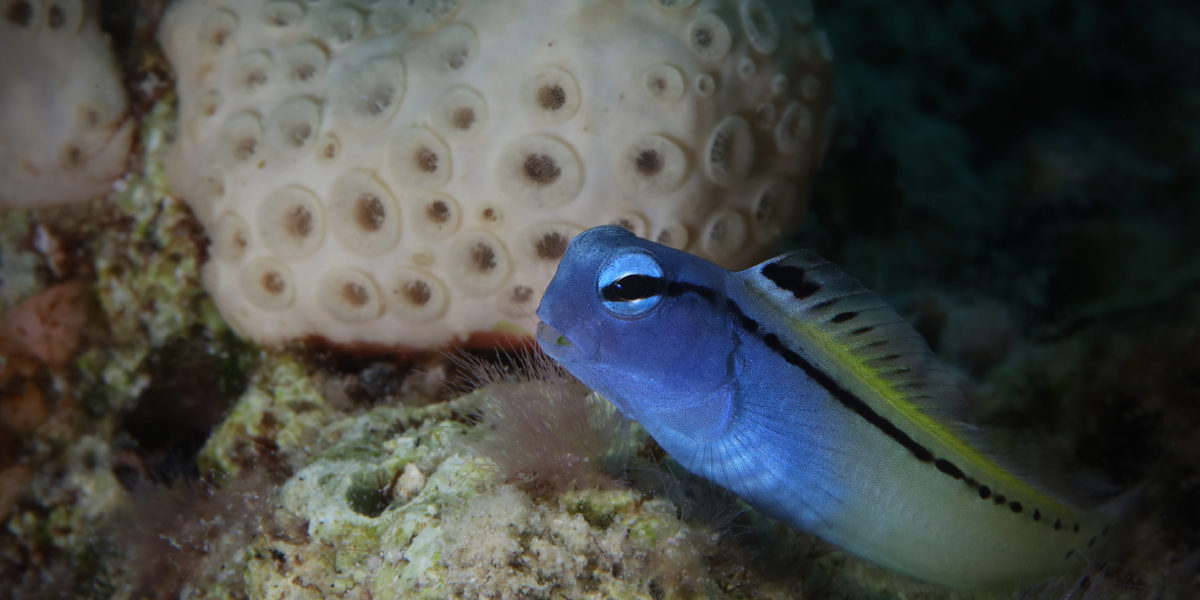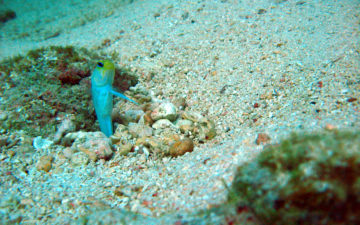Mining companies are pushing deep seabed mining (DSM) as necessary to a green transition. They are aiming to extract minerals like cobalt, copper, nickel, and manganese, arguing that these minerals are needed to combat climate change and transition to a low carbon economy.
In reality, this narrative attempts to convince us that irreversible damage to the biodiversity of the deep seabed is a necessary evil on the path to decarbonization. Electric vehicle (EV), battery, and electronics manufacturers; governments; and others focused on an energy transition increasingly disagree. Instead, via innovation and creative alliances, they are forging a better way: Recent strides in battery innovation show a movement away from extracting deep sea minerals, and towards developing a circular economy that will subdue the world’s dependence on terrestrial mining.
These advances are occuring in tandem with the growing recognition that a sustainable energy transition cannot be built at the cost of unleashing an extractive industry, poised to destroy the planet’s least understood ecosystem (the deep ocean) while disrupting the vital services it provides. The United Nations Environment Programme Finance Initiative (UNEP FI) released a 2022 report – targeted toward audiences in the financial sector, like banks, insurers, and investors – on the financial, biological, and other risks of deep seabed mining. The report concludes “there is no foreseeable way in which the financing of deep-sea mining activities can be viewed as consistent with the Sustainable Blue Economy Finance Principles.” Even The Metals Company (TMC), one of the loudest DSM proponents, admits that new technologies may not require deep seabed minerals, and that the cost of DSM may fail to justify commercial operations.
With eyes set on a future green economy, technological innovation is paving the way for a sustainable transition without deep seabed minerals or the risks inherent in DSM. We’ve put together a three-part blog series, highlighting these advancements across various industries.
Battery innovation is outpacing the need for deep sea minerals
Battery technology is evolving and altering the market, with innovations that require no or little nickel or cobalt: two of the minerals would-be miners would attempt to source from the seabed. Reducing dependence on and demand for these minerals offers a way to avoid DSM, limit terrestrial mining, and halt geopolitical mineral concerns.
Companies are already investing in alternatives to traditional nickel- and cobalt-based batteries, promising new ways to achieve better results.
For example, Clarios, a global leader in battery technology, has paired up with Natron Energy Inc. to mass produce sodium-ion batteries. Sodium-ion batteries, an increasingly popular alternative to lithium-ion batteries, do not contain minerals like cobalt, nickel, or copper.
EV producers are also utilizing new technologies to decrease their need for deep seabed minerals.
Tesla currently uses a lithium iron phosphate (LFP) battery in all Model Y and Model 3 cars, requiring no nickel or cobalt. Similarly, the world’s number 2 electric carmaker, BYD, announced plans to move to LFP batteries and away from nickel-, cobalt-, and manganese (NCM)-based batteries. SAIC Motors produced the first high-end hydrogen cell based EVs in 2020, and in June 2022, UK-based company Tevva launched the first hydrogen cell powered electric truck.
From battery manufacturers to EV producers, companies are making moves to reduce perceived dependence on minerals, including those from the deep sea. By the time would-be miners could bring materials back from the deep – which they admit may not be technically or economically feasible – we may not need any of them. However, reducing consumption of these minerals is just one piece of the puzzle.






